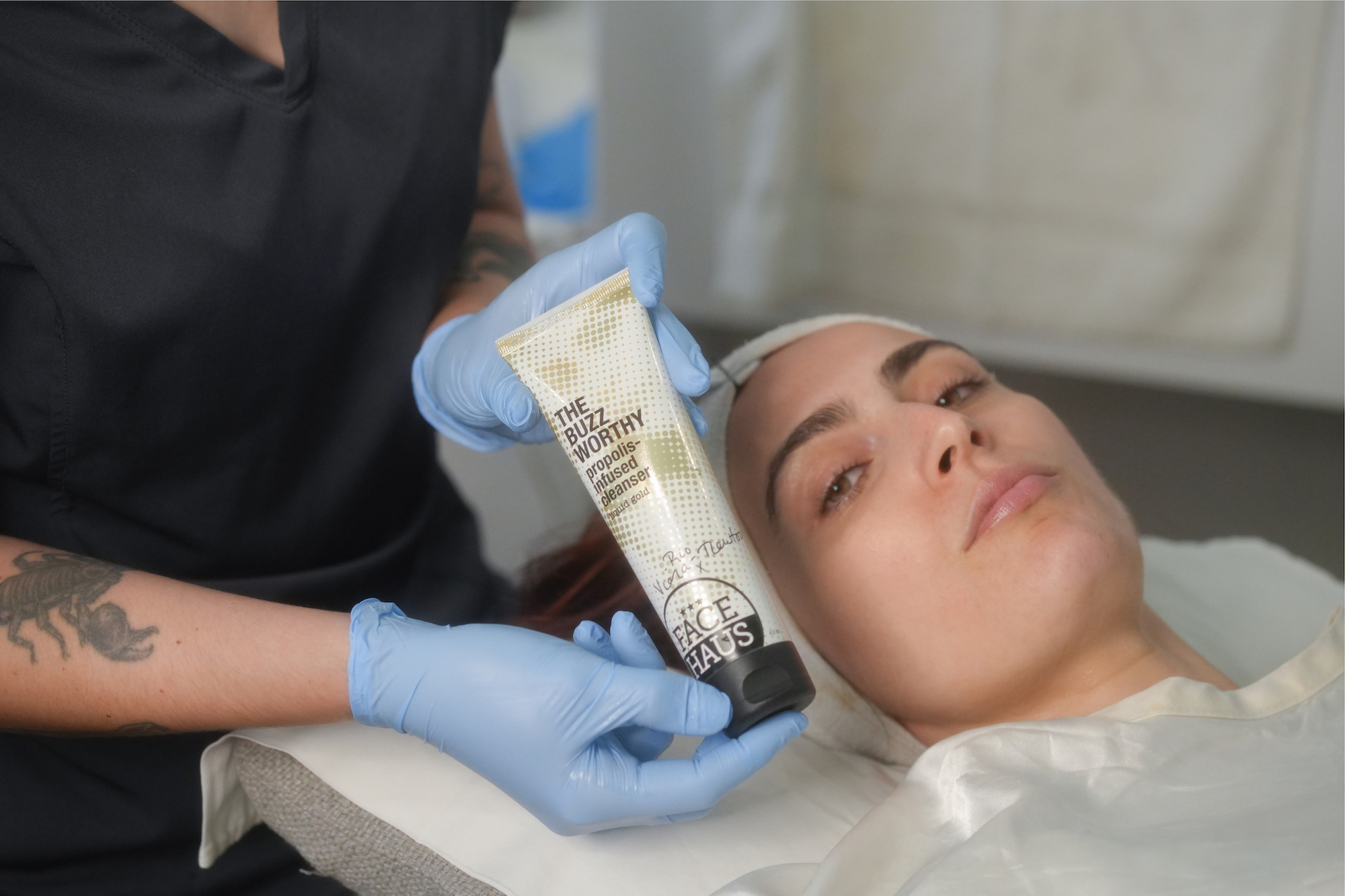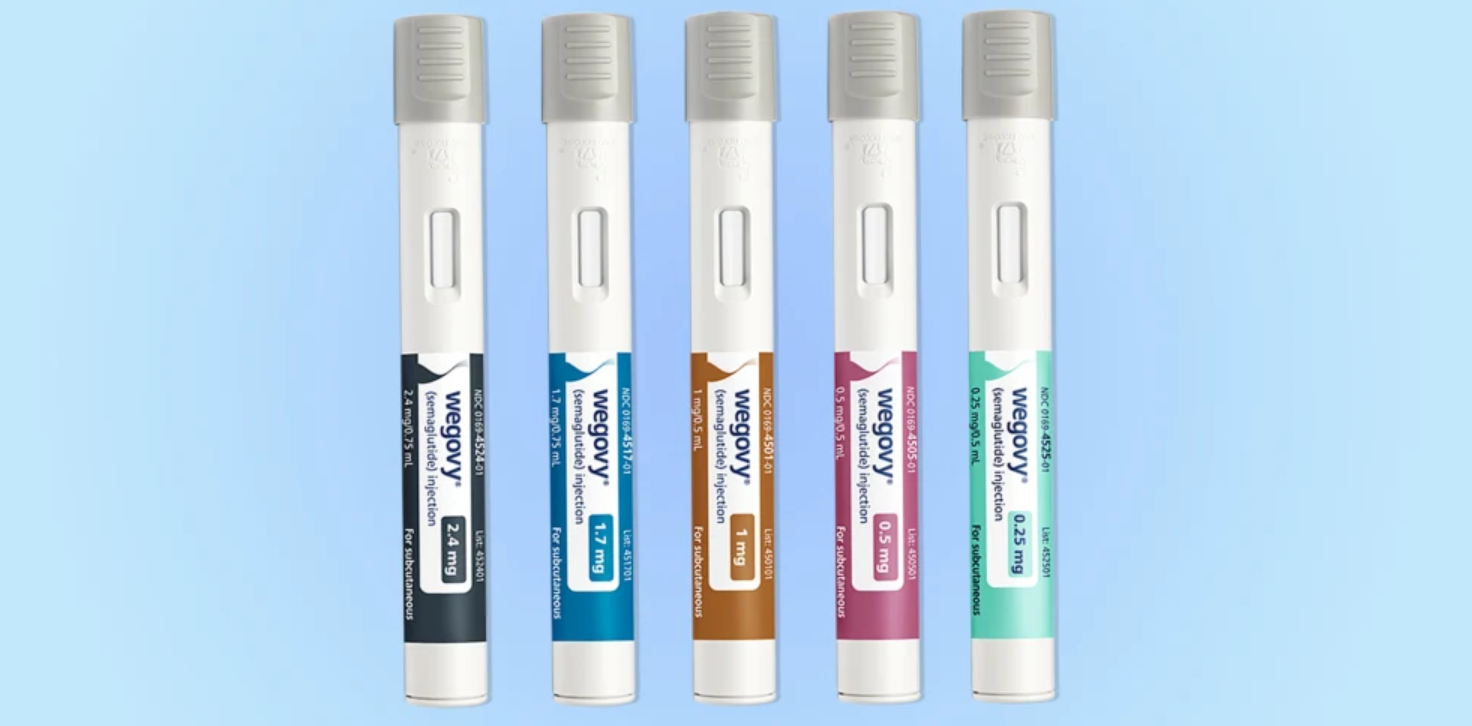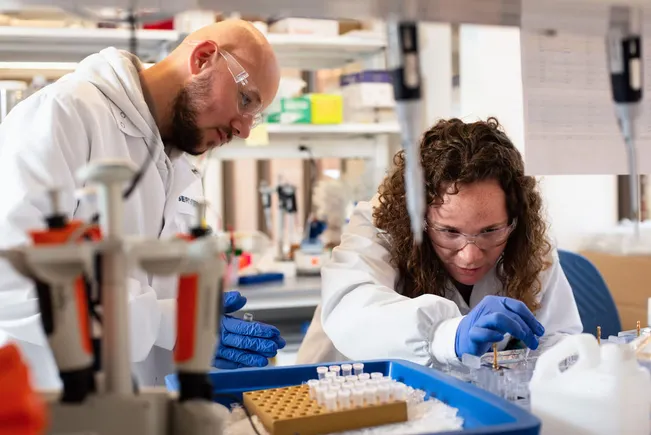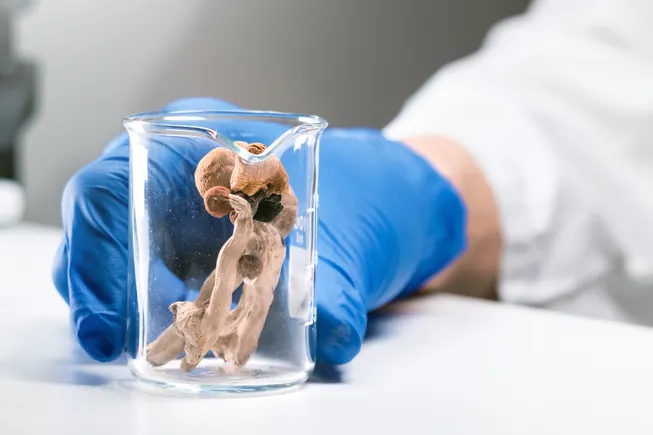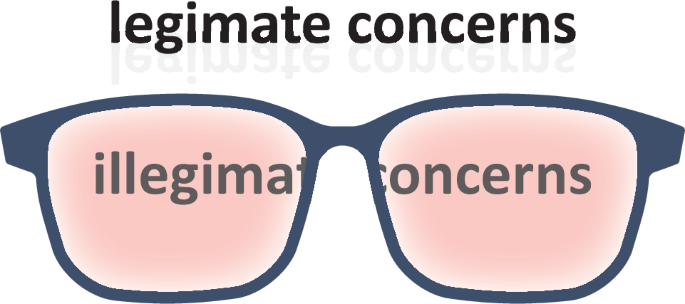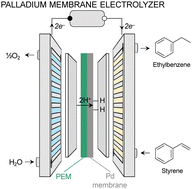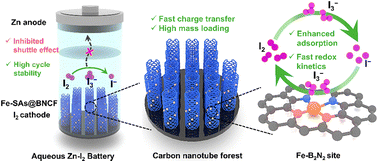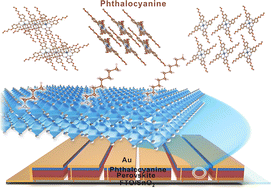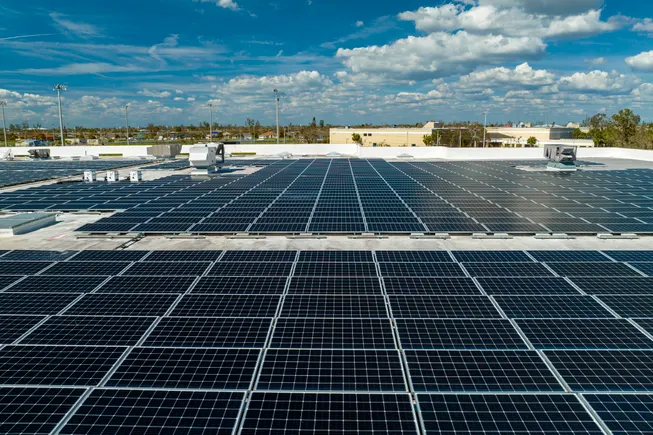Regulating Interfacial Li Deposition at Low‐Temperature through Eliminating Li+ Transfer Mismatching by Artificial Modifying the Interface in Solid State Battery
Advanced Energy Materials, Volume 15, Issue 17, May 6, 2025.

This work regulates the eutectic polymer electrolyte solvation structure to achieve a balanced ion transport in both the bulk and the artificial-solid electrolyte interface (AR-SEI) layer. This work reveals the effect of interface structure on ion transport performance at low temperatures.
Abstract
Polymer electrolytes-based batteries are suffering great degradation due to the irreversible lithium deposition and increased impedance at sub-zero temperature, which is related with Li+ conductivity of bulk electrolyte (σBulk) and ionic conductivity of solid electrolyte interface (σSEI). Thereby, an artificial SEI layer has coated on Li anode through in situ polymerizing polyester with fluorinated porphyrin, which could accelerate Li+ desolvation and conductivity of SEI. Then, the dual-salt eutectic polymer electrolyte tolerate is employed to accelerate Li+ transfer through optimize their solvation structure. The matching factor is calculated to evaluate the synergistic effect of σBulk and σSEI on low-temperature Li+ mobility. Thus, homogenize the Li+ flux during Li-plating is achieved by marching the Li+ diffusion rate (δ = 1.92), which significantly mitigate overpotential aggravation and suppress dendrite nucleation. Overall, such marching factor could provide a theoretical parameter for evaluating the low-temperature tolerability of solid-state lithium batteries (SSBs), which would useful for improving batteries’ durability, safety and flexibility.














































